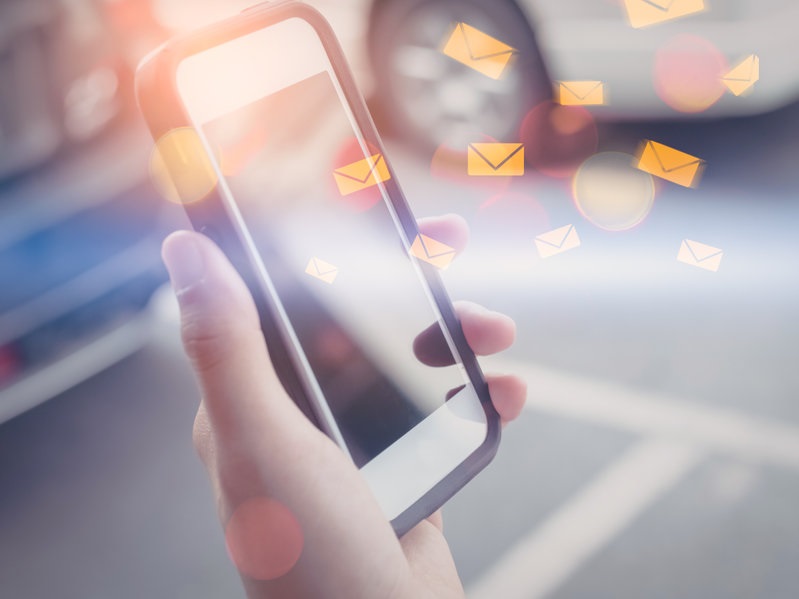Email personalization is no longer limited to using someone’s name in the subject line. Excellent tools provide customization, timeliness, and relevance to emails. They improve brand connections without coming across as invasive or robotic. However, not every personalizing tool is created equal. Some are awkward or intrusive, while others are perfect. What distinguishes a tool, then? Here is a breakdown of what’s most important when creating or selecting a superb email customization tool. Let’s dissect it.
Privacy-Respecting
Email personalization should never be at the expense of user trust. A good tool allows you to personalize while adhering to privacy and data standards.
You should be able to gather only what is necessary, get consent, and comply with regulations such as GDPR and CAN-SPAM. Bonus points for tools that use anonymous behavior or allow subscribers to change their choices.
Relevance over Intrusion
Great email customization provides value without being awkward. It’s not necessary to know every detail about someone’s life; instead, each letter should feel current and beneficial.
Bad personalization seems intrusive, like casually saying something and seeing an advertisement for it moments later. Good tools use user behavior and preferences to recommend relevant material, goods, or upgrades. It should feel like a gentle reminder rather than a form of surveillance.
Real-Time Responsiveness
The best email personalization tools go beyond historical data and respond to what a subscriber is doing right now. If a user opens a product link but does not make a purchase, the tool should automatically send an appropriate follow-up email.
Real-time response is essential. Waiting a week to send out a generic newsletter is insufficient. To remain relevant, a good platform rapidly adjusts email flows based on clicks, opens, purchases, or even ignored communications.
Transparent Logic
People dislike black boxes, particularly those containing algorithms. A successful personalization tool should be transparent to end users and those who manage it.
It might be a user option that asks, “Why this?” or a transparent dashboard that explains the decision-making process. Transparency helps teams learn what works and promotes trust among subscribers.
Flexible Integration and Customization
No marketer likes to deal with clumsy technology. Effective technologies should seamlessly integrate with your email service provider (ESP), CRM, and e-commerce stack.
They should integrate seamlessly, have solid APIs, and be easy enough for non-tech users to securely alter. You should create your guidelines, such as showcasing information, pushing products, or adjusting priorities for seasons or campaigns.
Built-In Feedback Loops
Personalization isn’t something you do once and then forget about.
The greatest tools allow you to learn from what actual subscribers do. They encourage testing (e.g., A/B subject lines), to enable consumers to opt out or provide input, and make it simple to adapt based on results. This loop ensures that personalization remains new, relevant, and in line with actual behavior.
Supports User Goals, Not Just Business Goals
Yes, conversions matter. The best personalization tools assist subscribers in achieving their goals, such as accessing information, replenishing things, or getting unique offers.
People are more likely to open, trust, and act on emails that feel truly informative rather than pushy. This is a victory for every party involved.
Conclusion
Although there are many personalization tools available, very few actually prioritize users. They improve experiences without being intrusive. When done correctly, personalization helps the user and everyone involved.





